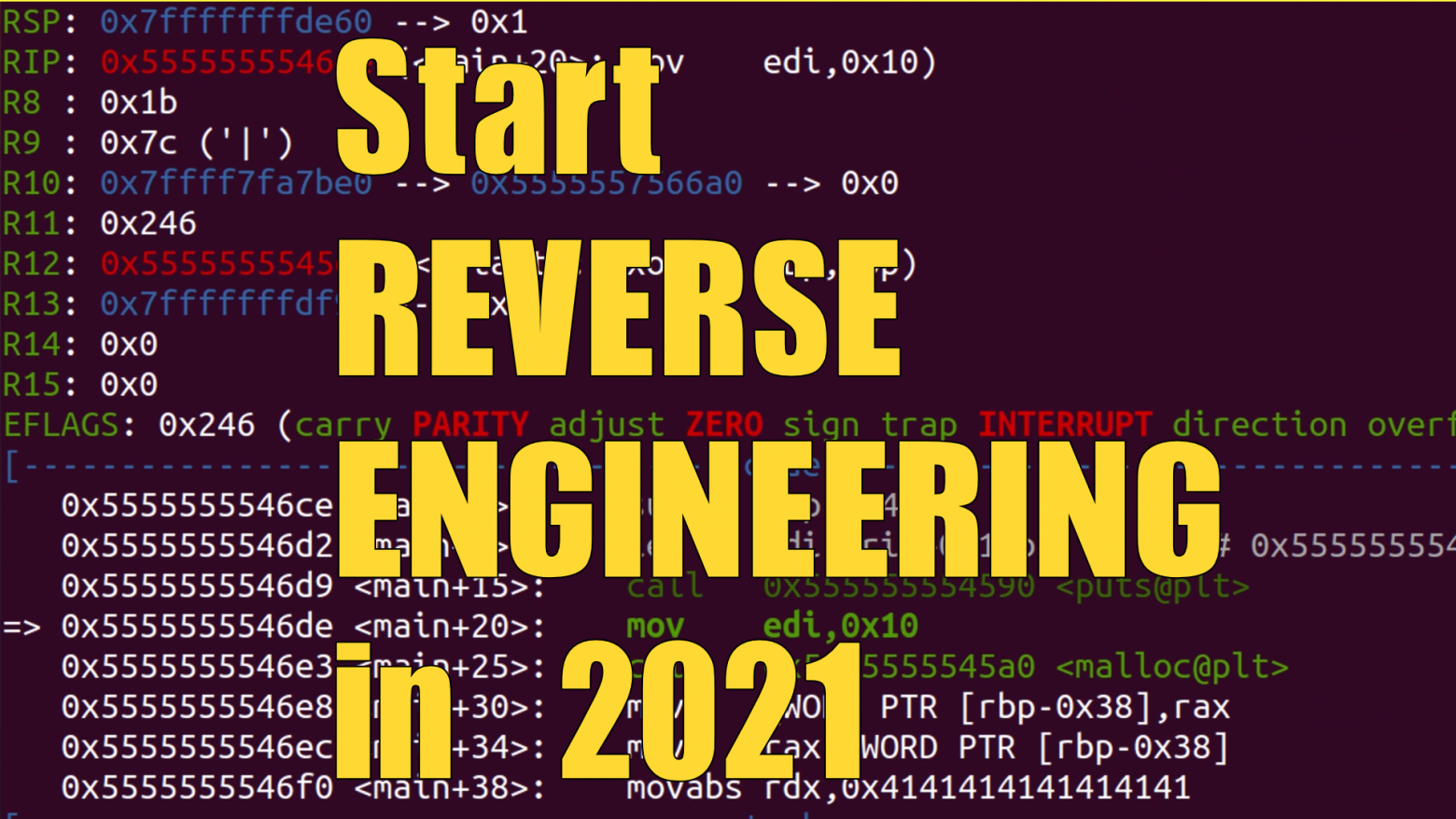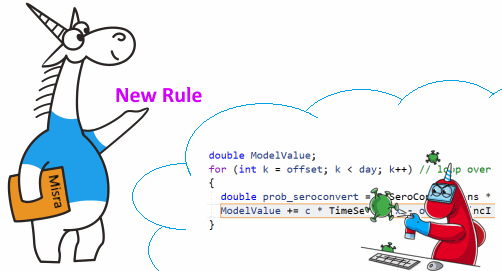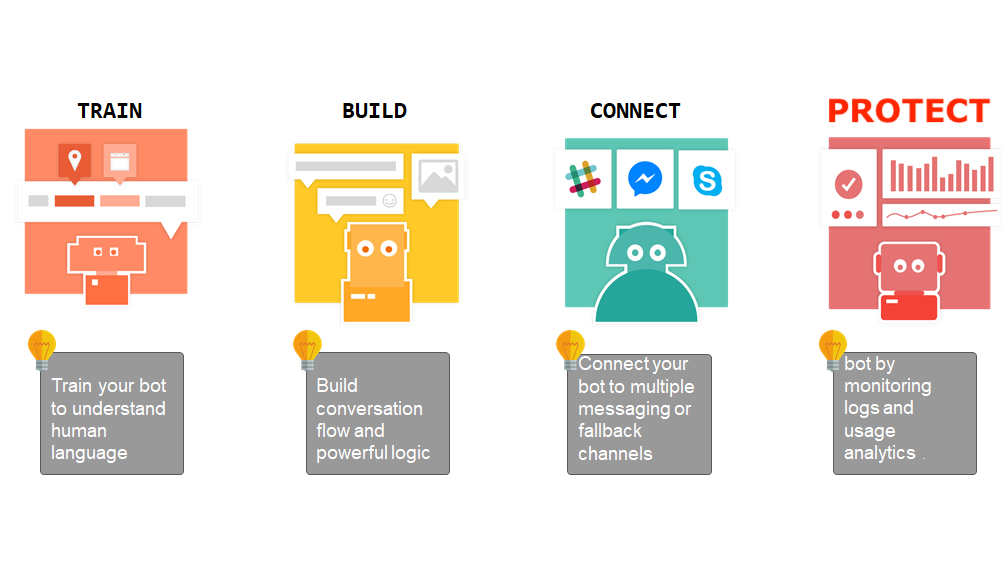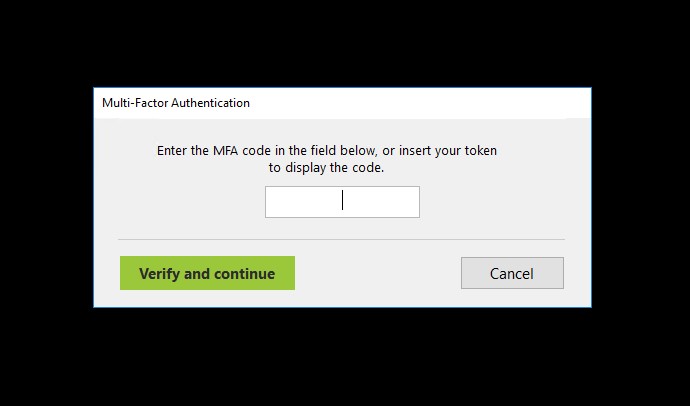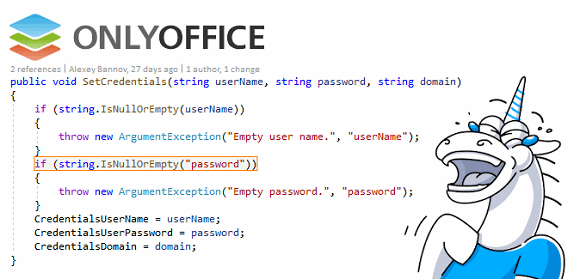
Why is it valuable to get into the Qrator Labs partnership program?
In Qrator Labs, we firmly believe that working together brings a better result. Which is the reason why, for years, we were trying to find meaningful partnerships with all kinds of companies. They either seek to provide their existing customers with the top-notch DDoS mitigation technology developed at Qrator Labs with many additional ecosystem solutions or want to succeed the other way around. By getting their product available for Qrator Labs' customers by integrating into the Qrator anycast filtering network.



